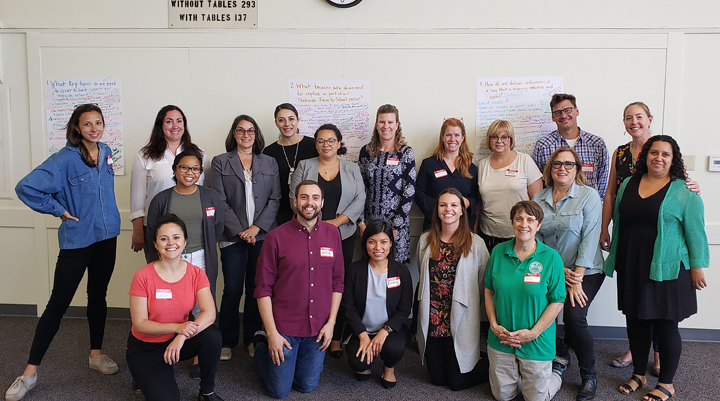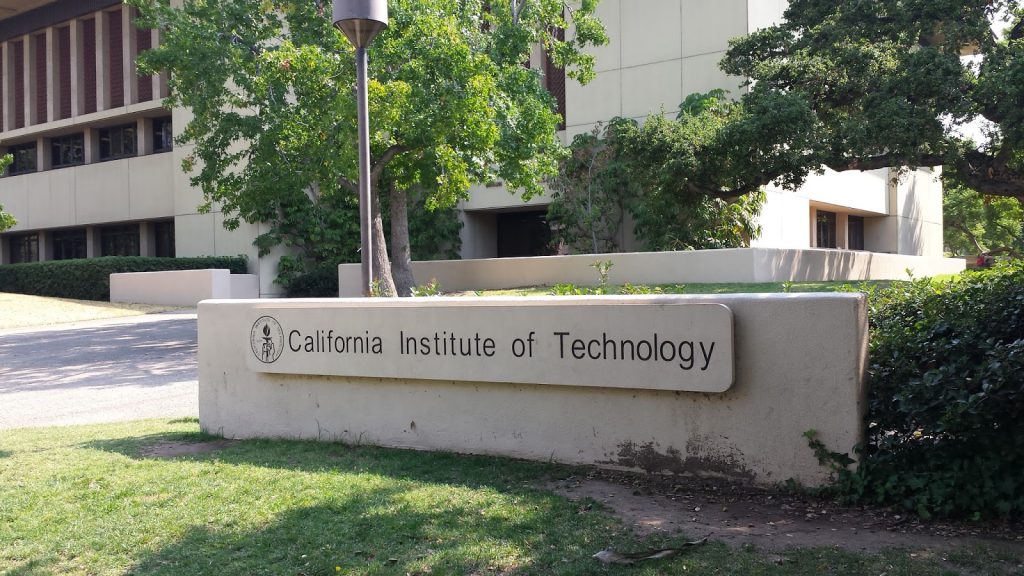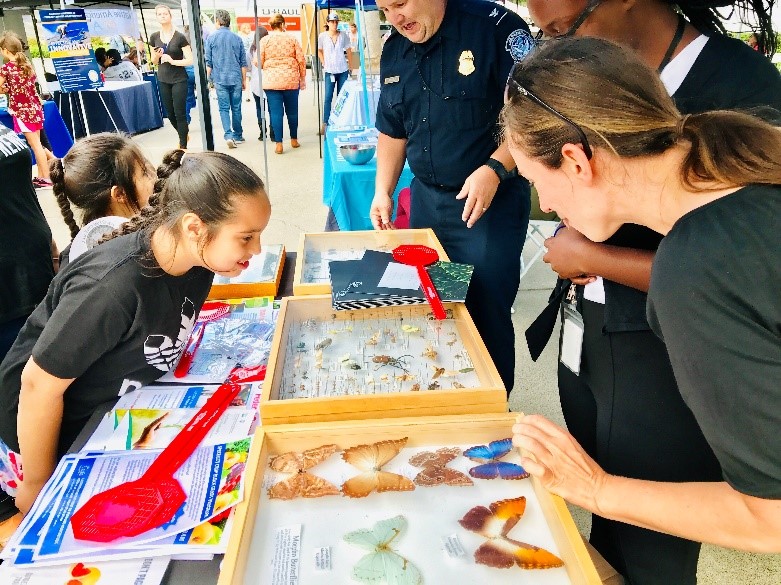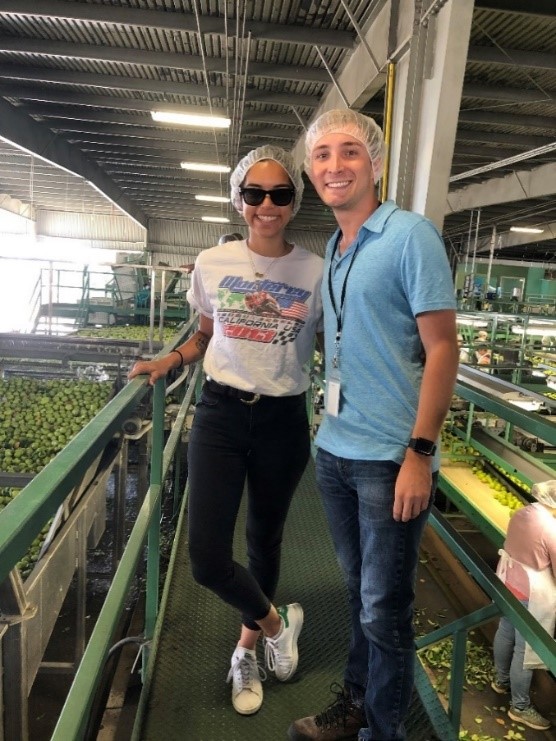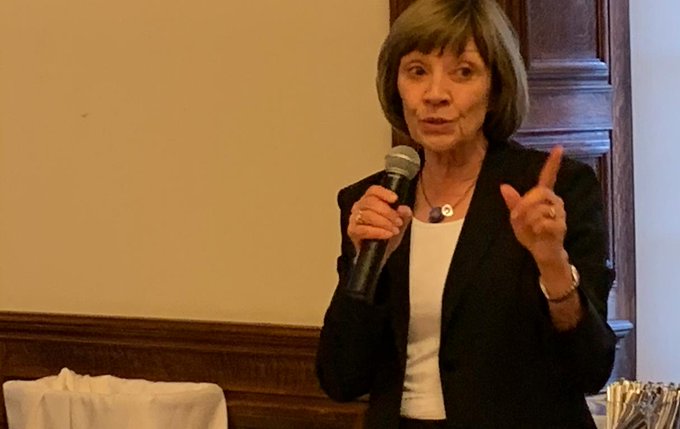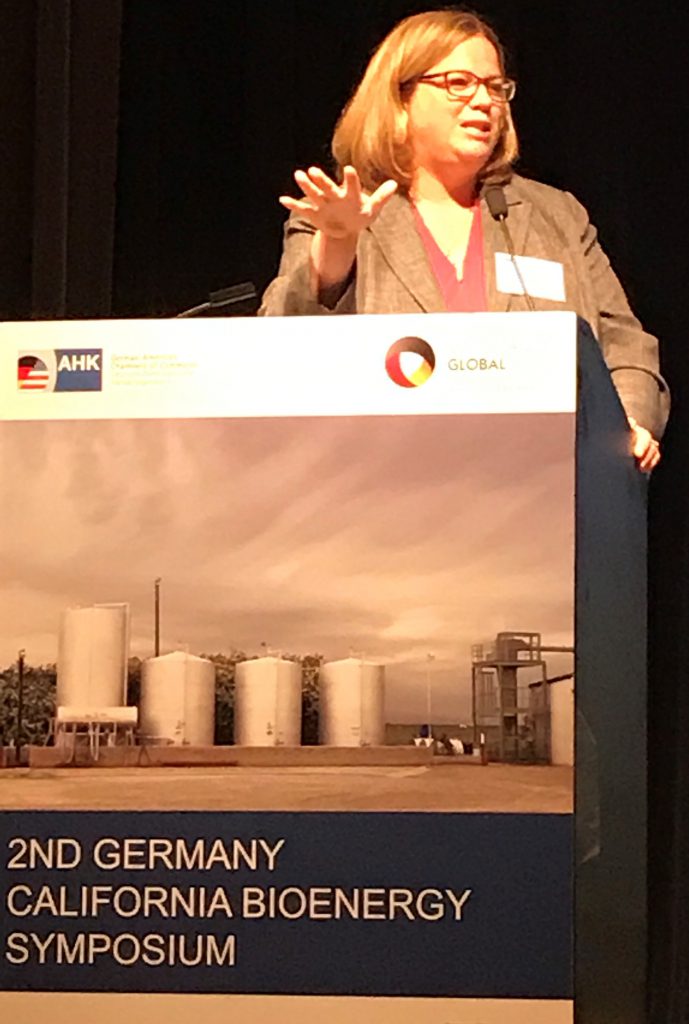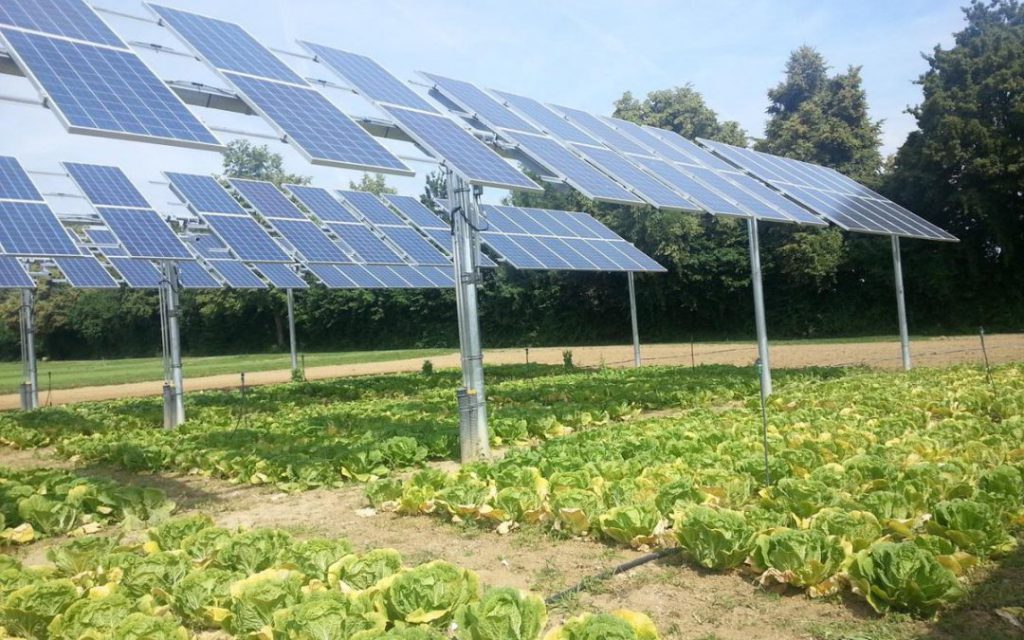
By Dale Kasler
On the Changala family farm in Tulare County, the past and future are separated by a dirt road and a barbed-wire fence.
On the south side sits a wheat field. On the north, a solar farm, built three years ago, sending electricity to thousands of Southern Californians.
Alan Changala sees little difference between the two.
“We’re still farming the sun,” he said.
Farmers in the San Joaquin Valley are finding a lucrative new cash crop: solar electricity. As they struggle to cope with the Valley’s chronic water shortages, they’ve increasing turned to solar as a means of supplementing their revenue and keeping the remainder of their farming operations afloat. An estimated 13,000 acres of Valley farmland already have been converted to solar farms, said Erica Brand, the California energy program director at the Nature Conservancy.
And now solar energy is about to swallow even larger patches of Valley farmland.
Beginning in January, California’s Sustainable Groundwater Management Act, or SGMA, will require farmers across the state to gradually reduce the amount of groundwater they can extract from their wells. In the Valley, where groundwater basins have been seriously depleted by decades of over-pumping, the Public Policy Institute of California predicts that at least 535,000 acres of Valley farmland could be permanently retired over the next 20 years as farmers curtail their water consumption.
The institute estimated that 50,000 idled acres could go solar, converting some of the world’s most productive tomato farms, pistachio orchards and dairies into vast fields of teal-colored photovoltaic panels, delivering electricity to the four corners of California’s power grid.
But the solar rush won’t rescue the Valley’s struggling economic base from the ravages of the groundwater law. Simply put, solar farms create few permanent jobs. They’re major employers when they’re under construction but turn into ghost towns once the solar panels become operational.
When panels were being installed on the Changala farm in 2015 and 2016, workers were everywhere. “They brought them in, in school buses,” Changala said.
Now, however, the site is a job-free zone, except for the occasional maintenance employee who arrives to make repairs. The day-to-day work is performed remotely, out of Southern California.
The scarcity of permanent employees is a drag on the economy. In Kern County, where thousands of acres of land have been converted to solar, farmland that’s been taken out of production “doesn’t pay for libraries,” said Lorelei Oviatt, the county’s planning and natural resources director. “We have 900,000 people who live in Kern County who need jobs and services and quality of life.”
Local government officials also say solar doesn’t pay its way as a tax generator. They are dismayed about a tax break, bestowed years ago by the Legislature, that lets project owners avoid paying property taxes on the hundreds of millions of dollars worth of solar panels they’ve installed on their facilities. In other words, the properties are taxed as if they’re still being used for agriculture. The tax break is in effect until 2025.
“It’s no longer an infant industry. Fifteeen years later, solar is doing very well, thank you very much,” said Paul Smith, vice president for government affairs at Rural County Representatives of California. “It’s a concern for the long-term health of counties.”
Solar does nourish California’s insatiable hunger for renewable energy, however. California utilities get one-third of their power from renewable sources and, by state law, have to raise that figure to 60 percent by 2030 and 100 percent by 2045.
Solar could be a big part of the solution.
“You could theoretically see the San Joaquin (Valley) single-handedly be able to meet California’s renewable energy goals,” said Daniel Kim, a vice president at Golden State Clean Energy, which plans to develop one of the world’s largest solar projects on farmland that was retired years ago near Naval Air Station Lemoore in Kings County.
“From a region that has relied primarily on agriculture, you could create the hub for new energy, and the new economy,” Kim said.
Con Edison, the big New York utility, spent $1.6 billion last year buying solar farms in multiple states, including at least five in the Valley. The Wonderful Co., the pistachio mega-grower controlled by Southern California billionaires Stewart and Lynda Resnick, earlier this year announced plans to build three solar farms on a total of 157 acres it owns in Kern and Madera counties. All of the electricity produced on the solar farms will be used to power Wonderful’s farming operations.
Golden State Clean Energy — backed by the financial muscle of Los Angeles real estate investment firm CIM Group — expects to break ground later this year on the 4,000-acre first phase of its project, known as Westlands Solar Park. Kim said the project eventually will consume 20,000 acres of land in Kings County, about half of which is owned by Westlands Water District, the big farm-irrigation agency serving the west side of the Valley.





